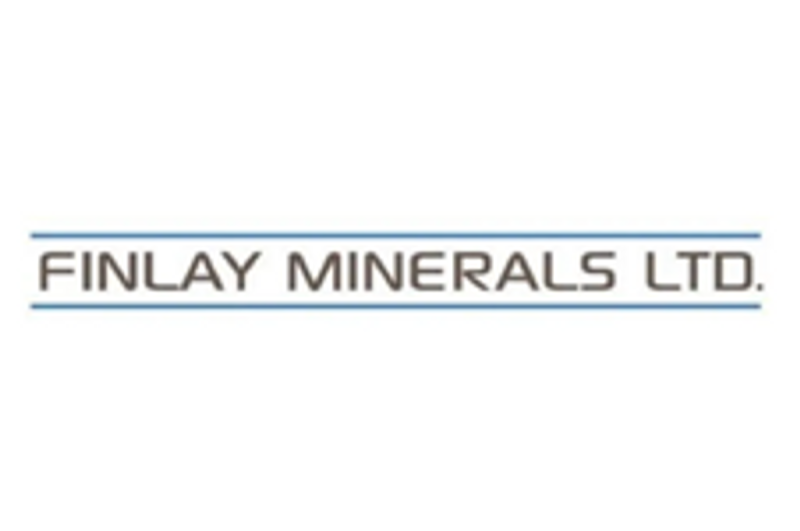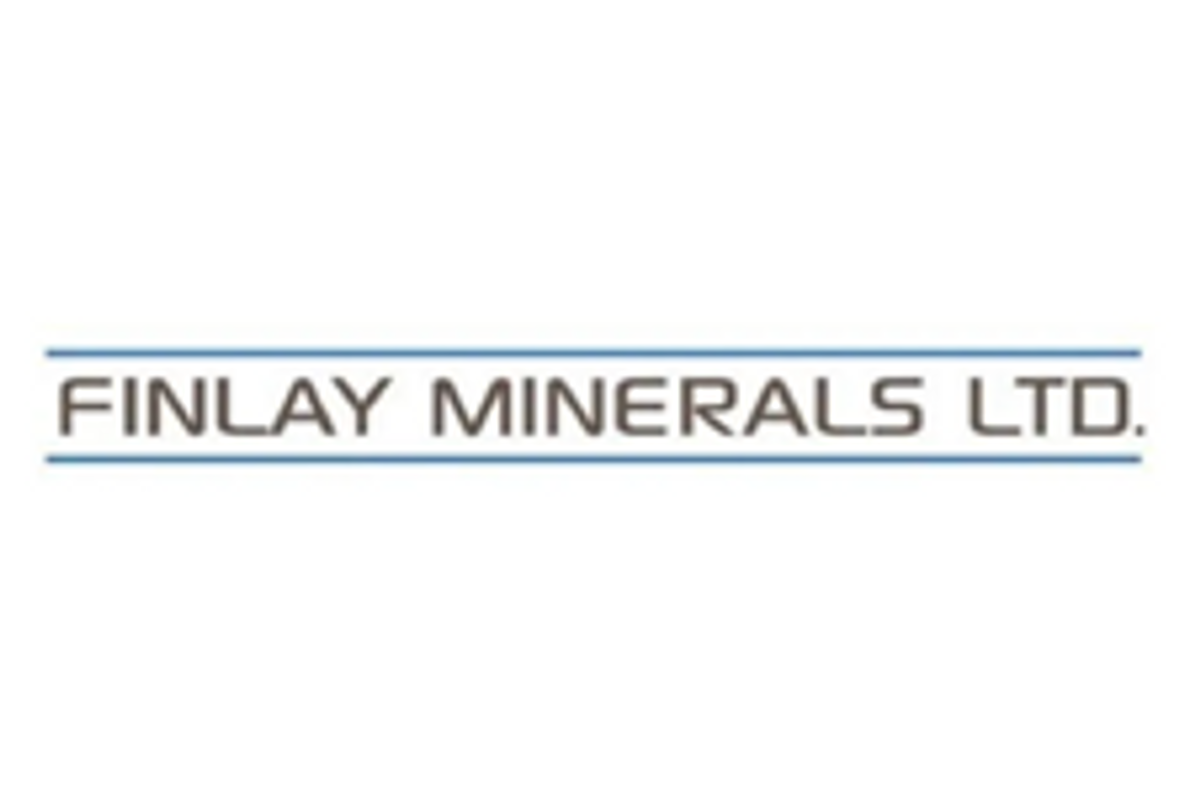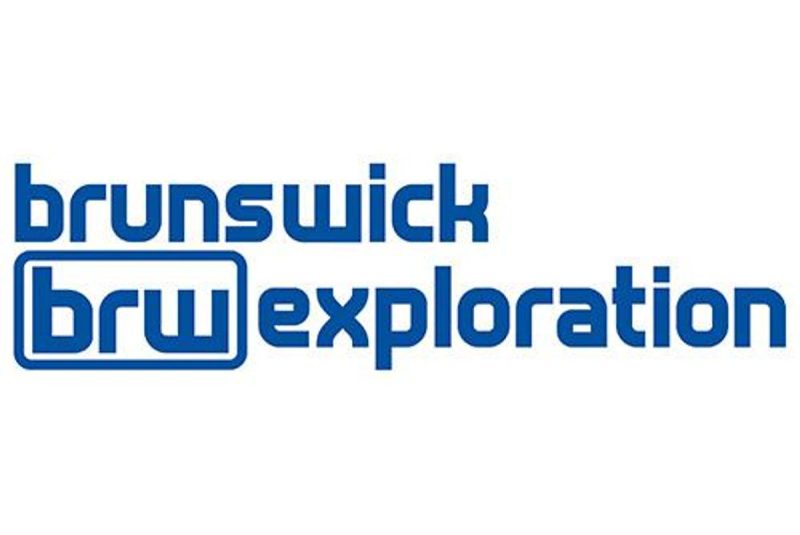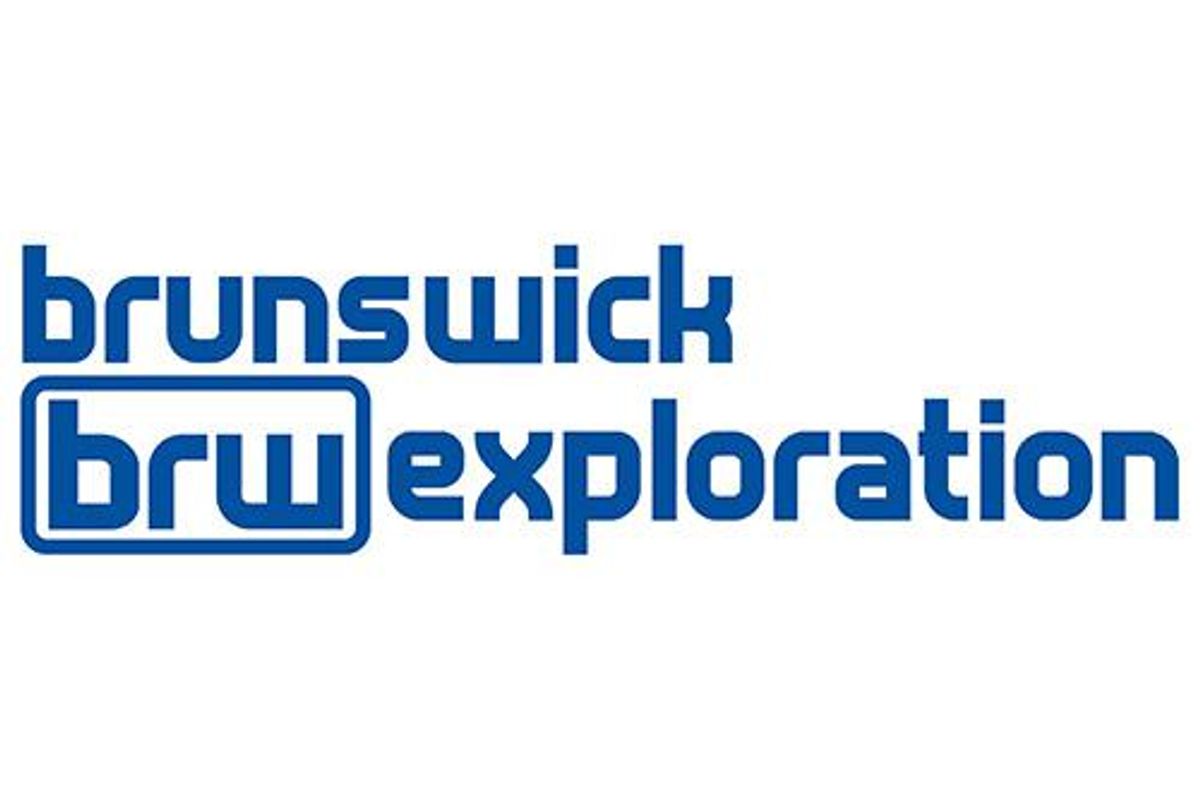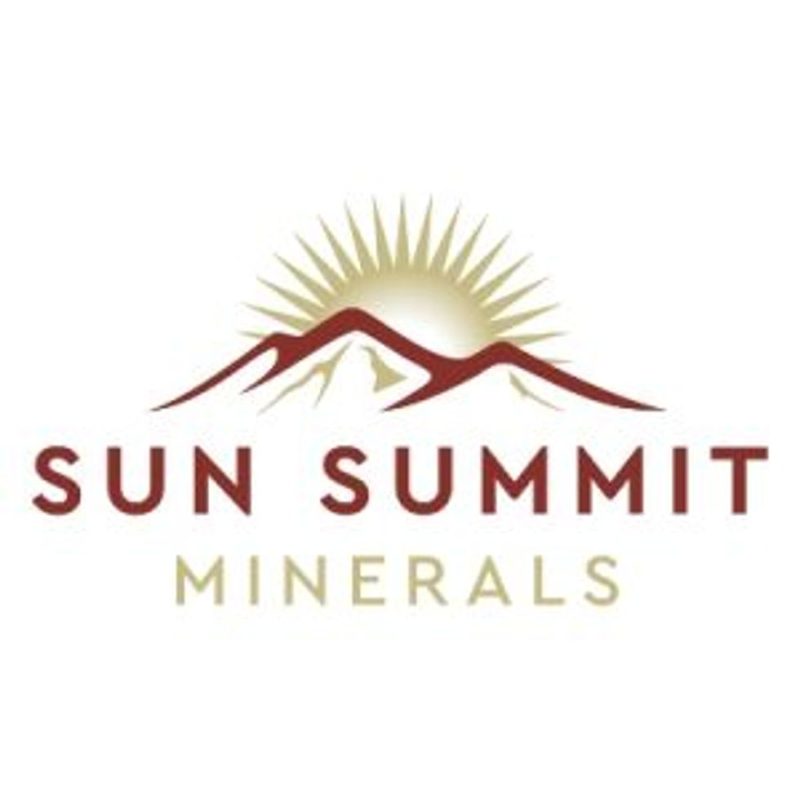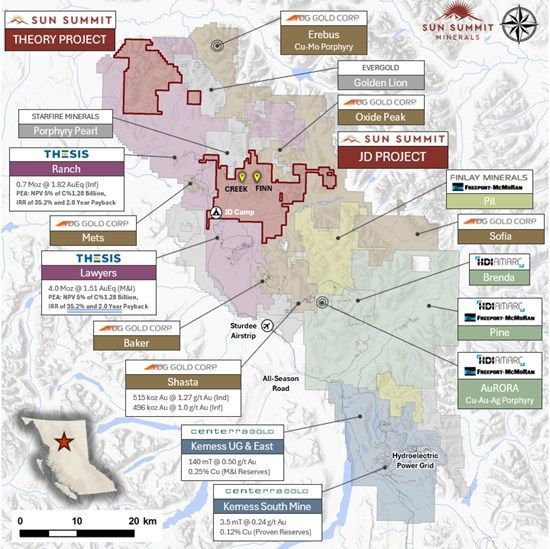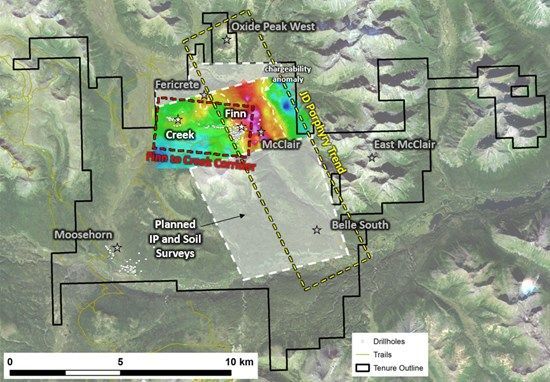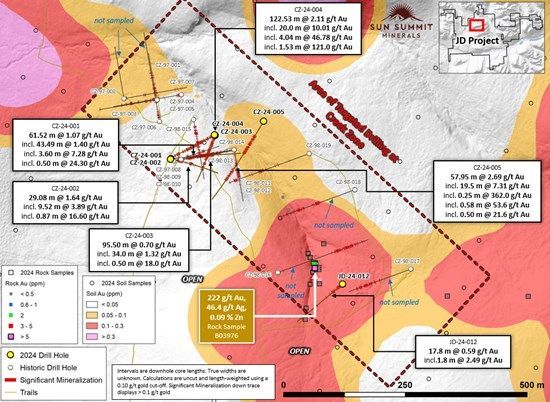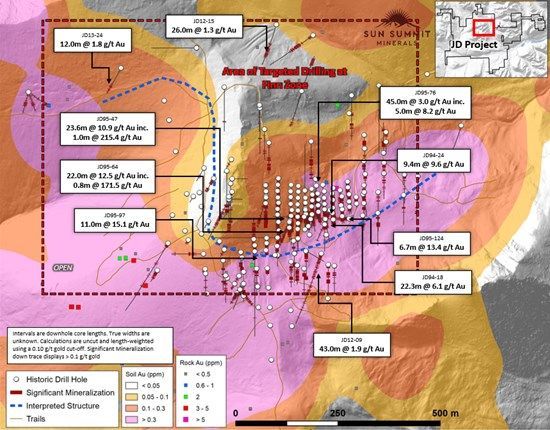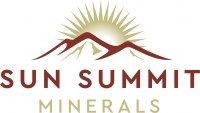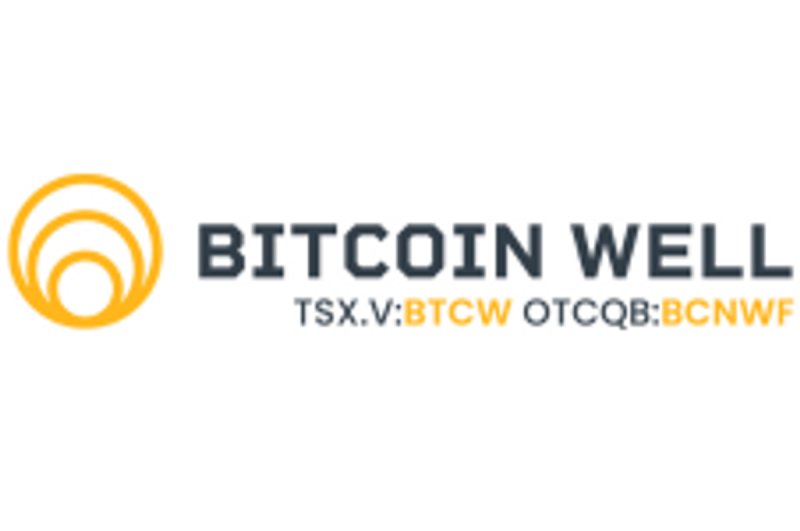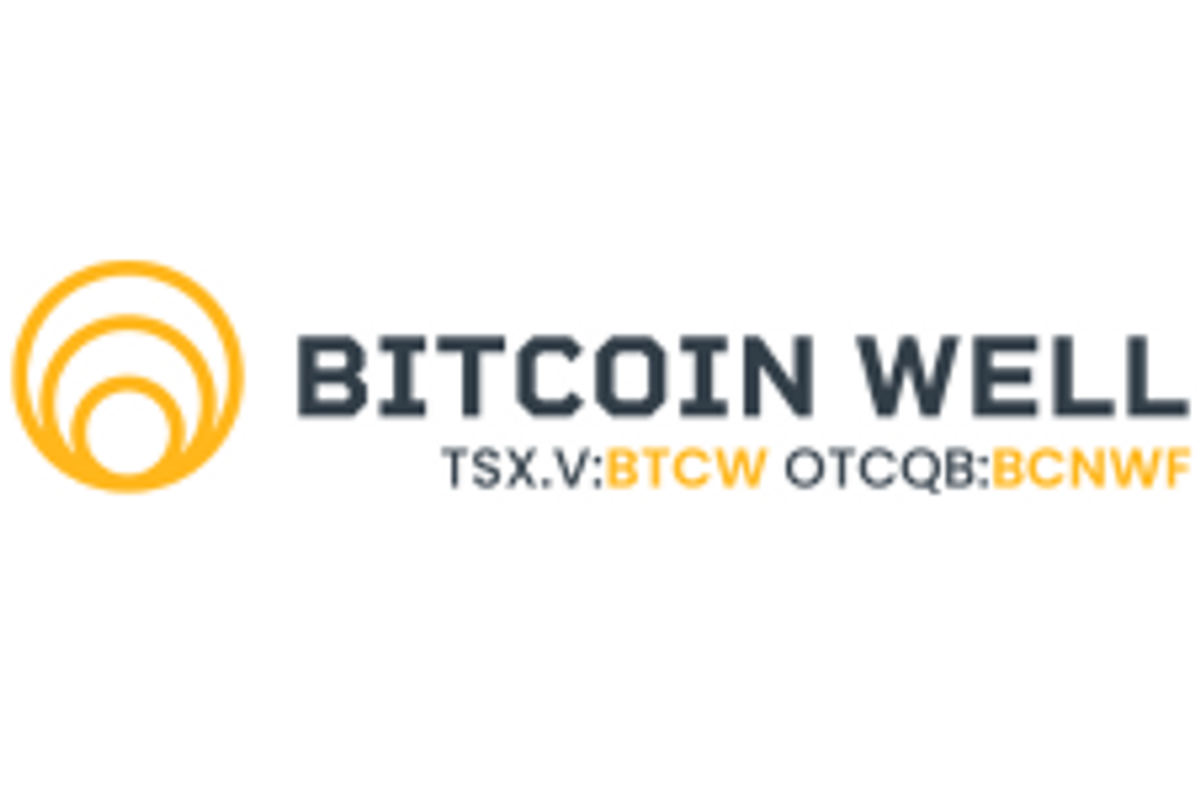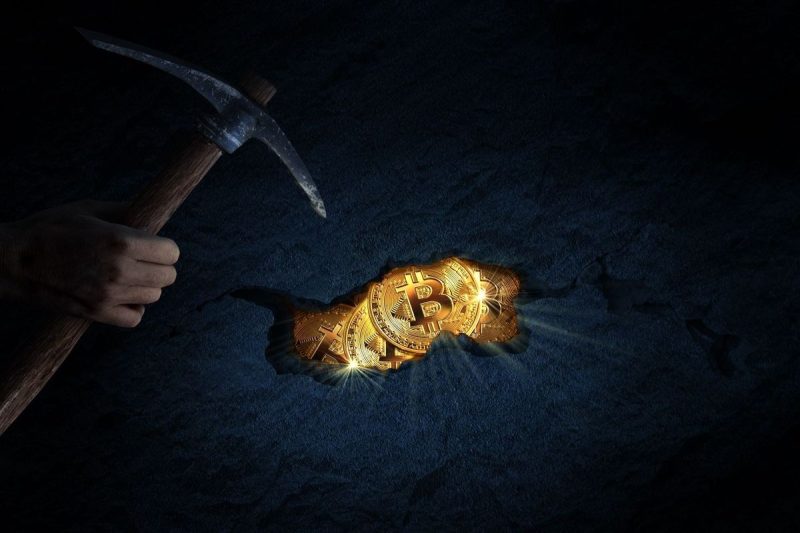
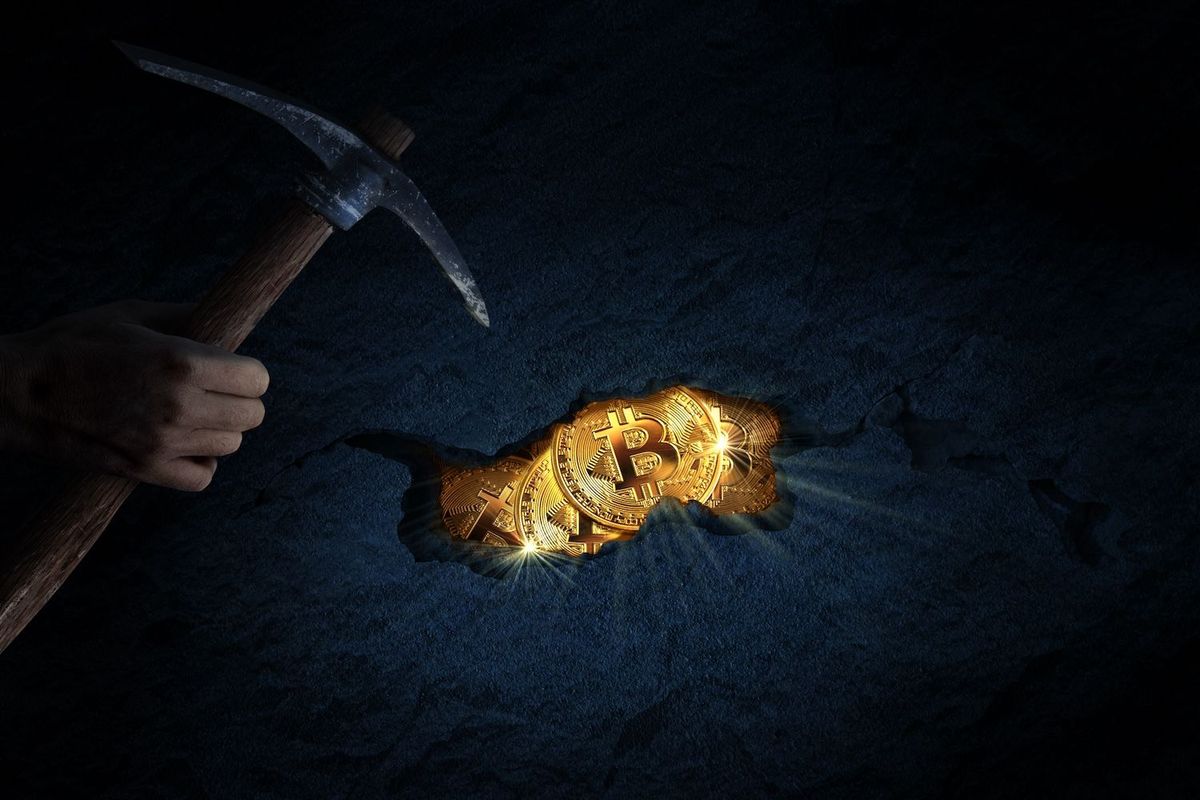
With the profitability of Bitcoin mining tightening after each halving event, miners are actively exploring new revenue streams to ensure they stay viable. A key strategy emerging from this challenge is a pivot toward high-performance computing (HPC) and artificial intelligence (AI) hosting.
Compared to the volatility of Bitcoin mining, HPC and AI hosting can offer more stable and often higher profit margins.
While still uneven and experimental, this evolution suggests a broader shift in how mining infrastructure may intersect with the future of energy, as well as digital services.
Building beyond hashrate: An infrastructure-driven approach
A report released in June by TheMinerMag, a Bitcoin-mining research firm, shows that the median direct cost of mining is expected to exceed US$70,000 per Bitcoin in the second quarter of this year.
As mentioned, the increasing use of HPC is one way miners are looking to preserve profitability.
HIVE Digital Technologies (TSXV:HIVE,NASDAQ:HIVE), the first public crypto-mining company, is one of the clearest examples of this shift. The company has a history of strategically acquiring efficient hardware, including a 2022 deal with Intel (NASDAQ:INTC) for custom Buzzminer application-specific integrated circuits (ASICs). This expertise now underpins its subsidiary, BUZZ HPC, which provides GPU cloud services and infrastructure for HPC and AI.
Speaking onstage at the Consensus event in Toronto last month, BUZZ HPC President and COO Craig Tavares explained how by taking the core assets used for Bitcoin mining — land and power — the company was able to realize a higher return on investment (ROI) by providing GPU cloud services for HPC workloads.
“The one thing in the market that we’ve seen right now is a desire to consume more power for traditional data centers, and it’s something that we’re trying to solve, currently and then three to five years out — how to access distribution and generation to hit those ROIs efficiently,” he told the audience.
Hosting AI workloads offers higher revenue per kilowatt-hour than Bitcoin mining. Tasks like model training command premium pricing, making them more valuable per unit of energy consumed. Bitcoin mining, on the other hand, generates revenue based on the Bitcoin price and ever-increasing competition.
Bitcoin miners also have an advantage over hyperscalers in the AI infrastructure space. Miners have developed highly efficient and often modular data center designs focused on getting power to compute. Their business model relies on scaling up and down quickly to chase profitability in a volatile market. Dedicated AI data centers are still being built, and much of the existing physical infrastructure isn’t optimized for the demands of modern AI.
He went on to explain how the company’s strategy is framed around long-term adaptability beyond hashrate, built on optionality and infrastructure flexibility. While ASICs, which are used for Bitcoin mining, are not compatible with AI workloads, HIVE’s history of mining Ethereum tokens allowed the company to seamlessly shift its focus, since it already possessed the advanced GPU infrastructure necessary for the expansion. Miners that need to invest in new GPUs are faced with significant capital expenditures and a potentially long wait.
“We’ve been able to build where we have high-profitable business,” Holmes said, adding that this success was largely achieved by bringing in Tavares, who has an extensive background in data centers and telecommunications from his time working with Apple’s (NASDAQ:AAPL) Canadian operations. “We (realized that we) needed someone (who) had that unique skill set that was far beyond what our team was doing, so we could really scale.”
However, as Tavares pointed out, Bitcoin miners face additional challenges when pivoting to HPC, including site suitability, demanding power density and the redundancy required of high-quality telecom infrastructure.
The power demands of blockchain and AI have also drawn scrutiny. Tavares and Holmes emphasized their respective companies’ commitments to using 100 percent renewable energy to power their data centers.
“We can deliver green GPUs to the market, and what we’re doing is we’re bridging the gap between AI and sustainability,” Tavares commented. HIVE’s move to Paraguay, which boasts abundant hydroelectric power, has positioned the company to significantly reduce its Bitcoin production cost to under US$50,000 per Bitcoin as it scales to 25 exahashes per second by the end of the year.
Diversifying energy solutions: Exploring off-grid mining opportunities
The appeal of underutilized energy sources is growing fast, and the broader trend of the tech industry exploring diverse energy solutions was the topic of another industry panel at Consensus.
It featured executives from Pow.re, Giga Energy and Soluna (NASDAQ:SLNH).
Key points included cheaper power but higher operational risks, with renewable energy sources like wind and solar offering significant efficiency, but facing availability issues. The conversation turned to the integration of Bitcoin mining with oil and gas operations, exemplified by Crusoe’s agreement to sell its digital flare mitigation business to financial services firm Nydig, a subsidiary of financial services firm Stone Ridge Holdings.
“The really interesting thing about the Stone Ridge story, in my eyes, is that it’s an example of Bitcoin mining being a tool to enhance or unlock more value from the core asset,” said Mario Gutierrez, head of business development at Giga Energy, a company providing infrastructure to companies to use flare gas for Bitcoin mining. He argued that while combined energy and mining operations will grow, the primary driver for Bitcoin-mining growth will shift from maximizing Bitcoin output at a low cost to the value Bitcoin miners create by providing flexibility to the energy grid.
Dipul Patel, Soluna’s CTO, described Bitcoin mining as an ideal consumer of surplus renewable energy.
He highlighted wind farms, which often produce up to twice as much energy as they can distribute, as a prime example. Bitcoin can serve as a ‘beautiful shock absorber,’ providing a consistent demand for excess power.
“(That’s) assuming it works,” he pragmatically added, referencing the complexity of multiparty deals and the sophisticated engineering required to ensure minimal power interruptions.
Soluna co-locates its data centers with renewable power plants to use excess energy for HPC and Bitcoin mining. Its Dorothy 2 project will leverage excess wind energy from farms in Texas for Bitcoin mining and AI applications.
Pow.re’s Ian Descoteaux predicts that miners will mitigate some of these risks by producing their own electricity, which in turn will increase mining profits. In the meantime, Gutierrez said that presenting Bitcoin mining as a solution for energy producers is crucial for building trust and gaining buy in; he added that this approach is most effective when it involves a deep understanding of core operational and financial challenges, such as emissions costs.
Gutierrez further suggested that offering energy producers a direct share of Bitcoin-mining revenue or hashrate can create strong alignment, incentivizing them to lend local resources and expertise to minimize downtime, especially for remote operations.
Investor takeaway
Bitcoin miners find themselves positioned at the intersection of the energy and digital services sectors.
Ultimately, this move signals the evolution of a dynamic and adaptive industry that’s poised to play a vital role in the future of technology and sustainability.
Securities Disclosure: I, Meagen Seatter, hold no direct investment interest in any company mentioned in this article.











